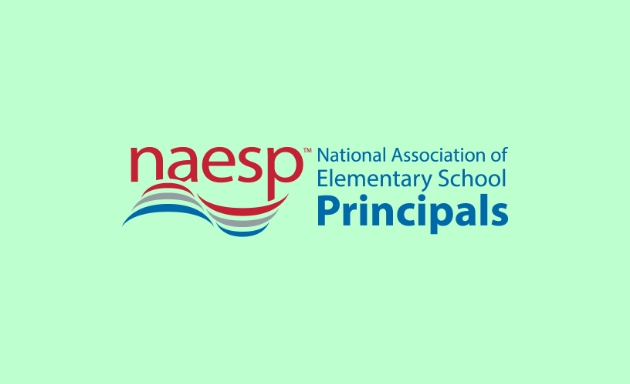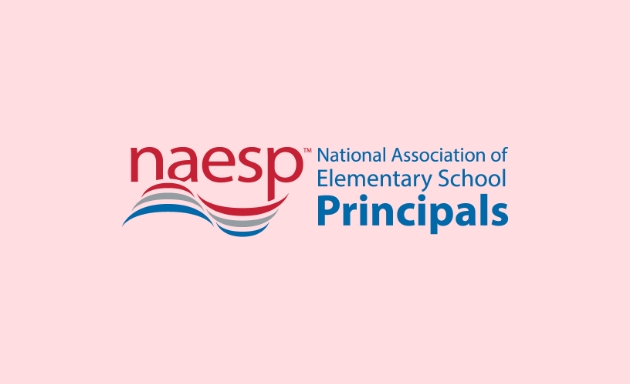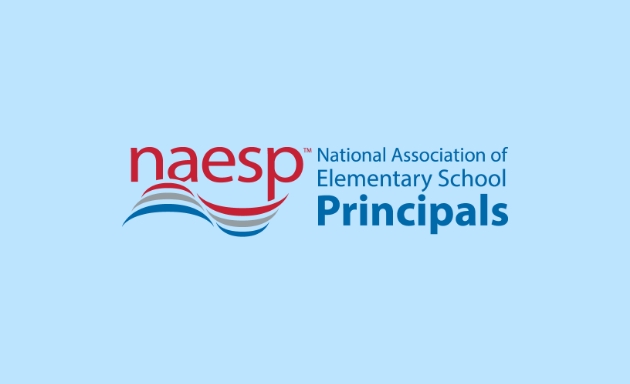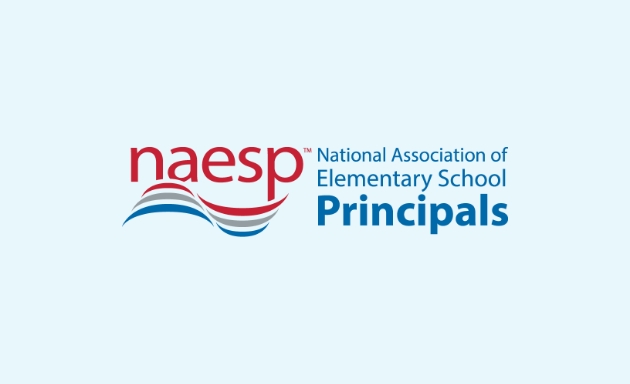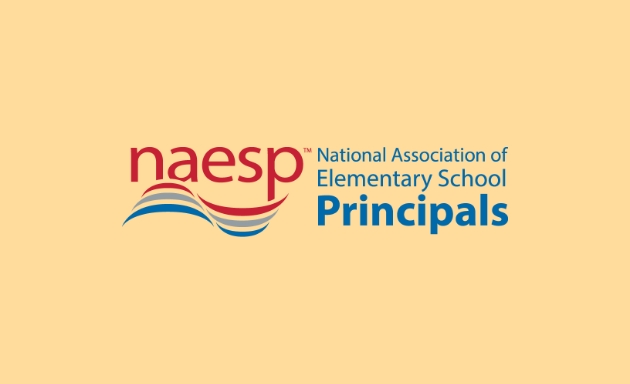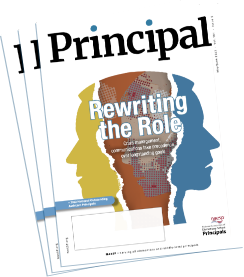
Principal Magazine
NAESP’s award-winning magazine is developed specifically for elementary and middle-level principals. See why principals find this an indispensable resource in their work.
Principal Magazine Latest
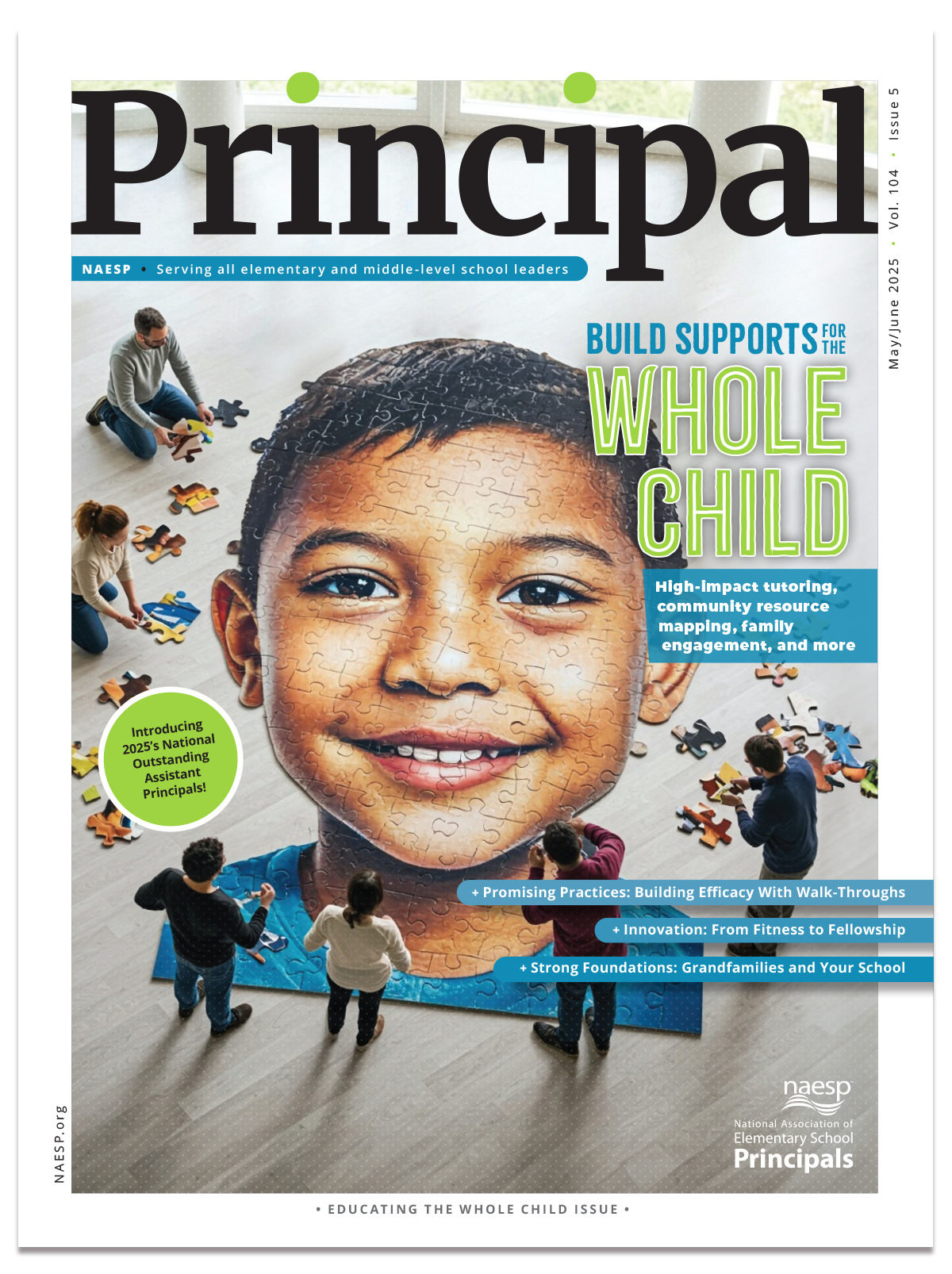
May/June 2025: Whole Child Education
Digital Version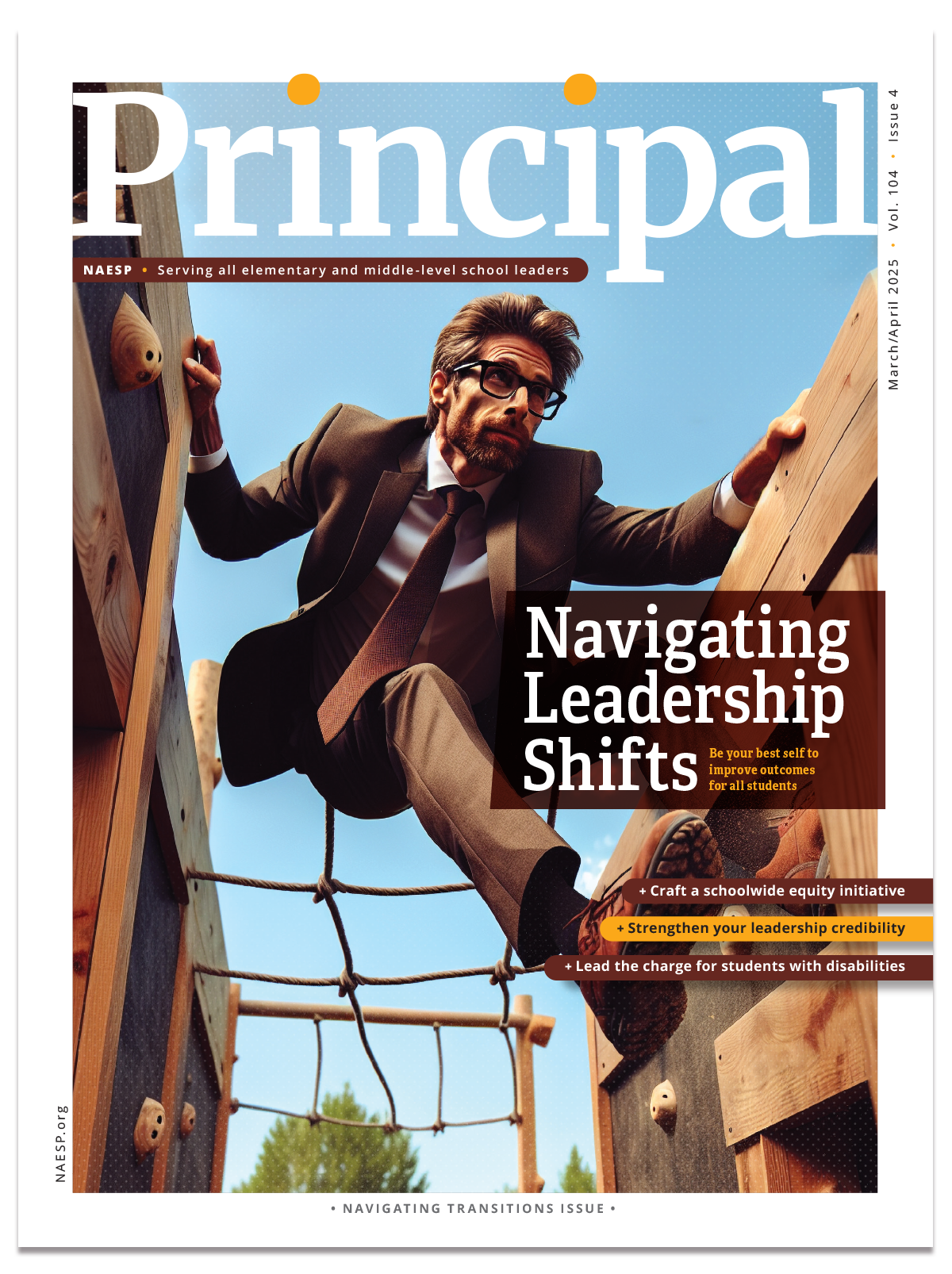
March/April 2025: Navigating Leadership Shifts
Digital Version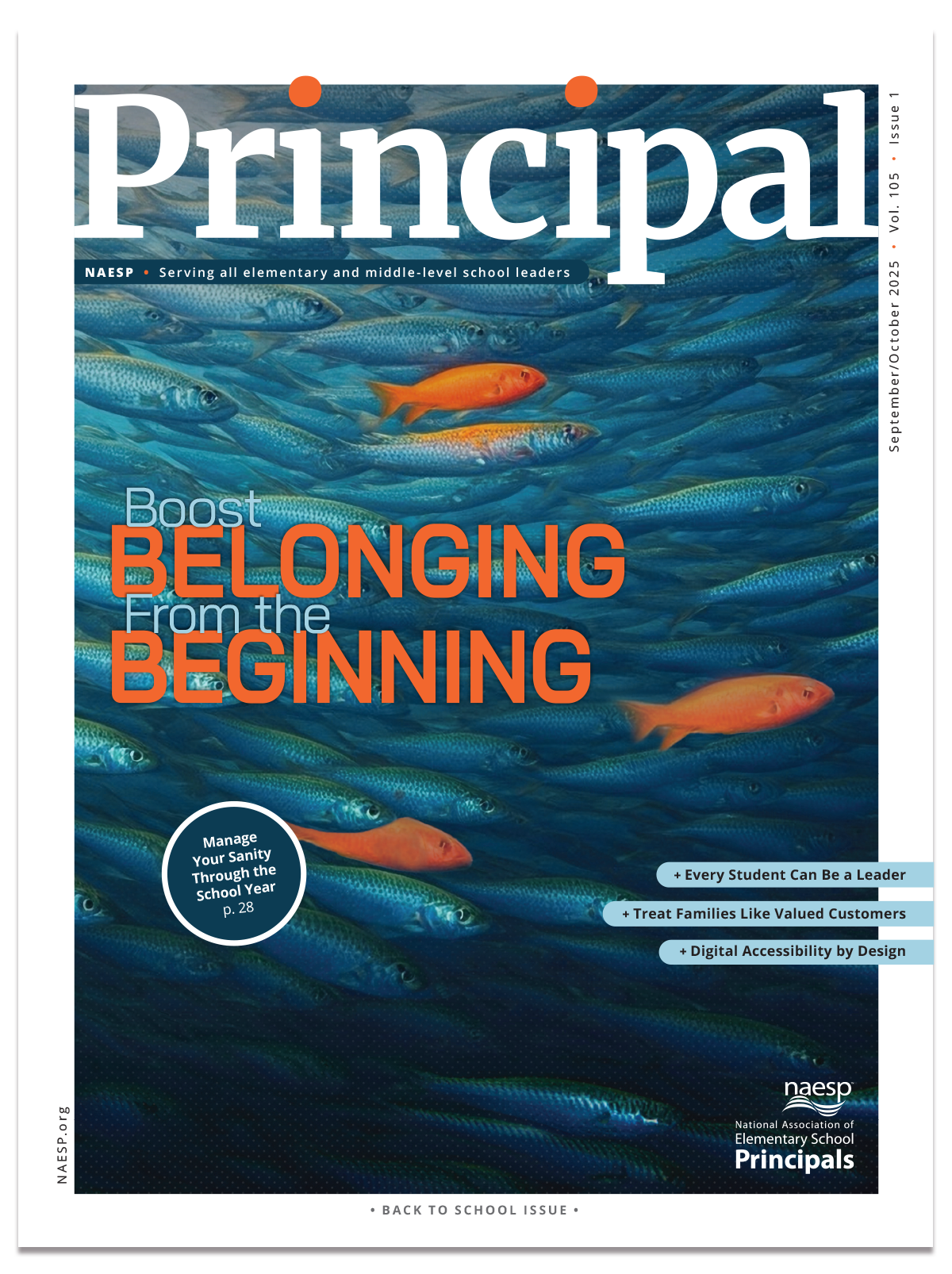
September/October 2025: Student Belonging
Digital Version
November/December 2025: Effective Communication
Digital VersionHow to submit
Contribute to the principalship and enhance your own professional development
More Info
Awards
During its long tenure, Principal magazine has been recognized multiple times for its excellence in education publishing.
How to advertise
Gain visibility and market to elementary and middle-level principals
More Info
VOLUNTEER
Help NAESP’s editors stay at the forefront of education issues and trends
More Info


